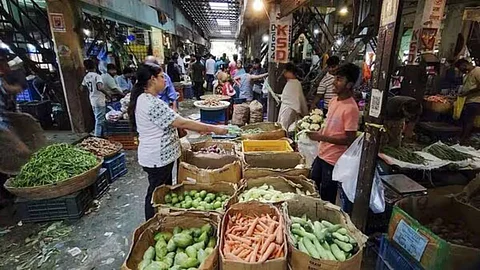

India’s annual retail inflation slowed to 1.55% in July from 2.10% in June, government data showed on Tuesday, undershooting forecasts. This marks the lowest reading since June 2017 and the second-lowest in the current series.
Analysts said the drop was anticipated and largely driven by food and beverages, although the effect of favourable base comparisons is expected to fade in the coming months.
A senior economist said the soft reading had been widely expected, with the decline led by food items and, to a lesser extent, non-gold services. She noted that base effects had played a dominant role in the slowdown in the food and beverages segment, although sequential price momentum had increased due to monsoon-related supply disruptions. She added that inflation could rise above 4% by early 2026, prompting the Reserve Bank of India to maintain a neutral stance this month and adopt a cautious approach to further rate cuts.
Another economist noted the numbers were broadly in line with expectations and likely to remain so for the current quarter, leaving policy decisions largely unaffected. He added that while recent tariff changes could influence crude oil prices, the effect would be more visible in the Wholesale Price Index, as CPI components are largely regulated.
Analysts pointed out that the July figure was weaker than expected but reflected continued year-on-year deflation in food prices, despite a surprise rise in vegetable costs. They projected that food and beverage prices would swing back into inflation in August, pushing headline CPI to around 2%, with the average for FY2026 likely between 3% and 3.2%. They warned that inflation readings above 4% expected in late FY2026 and early FY2027 would limit the scope for monetary easing.